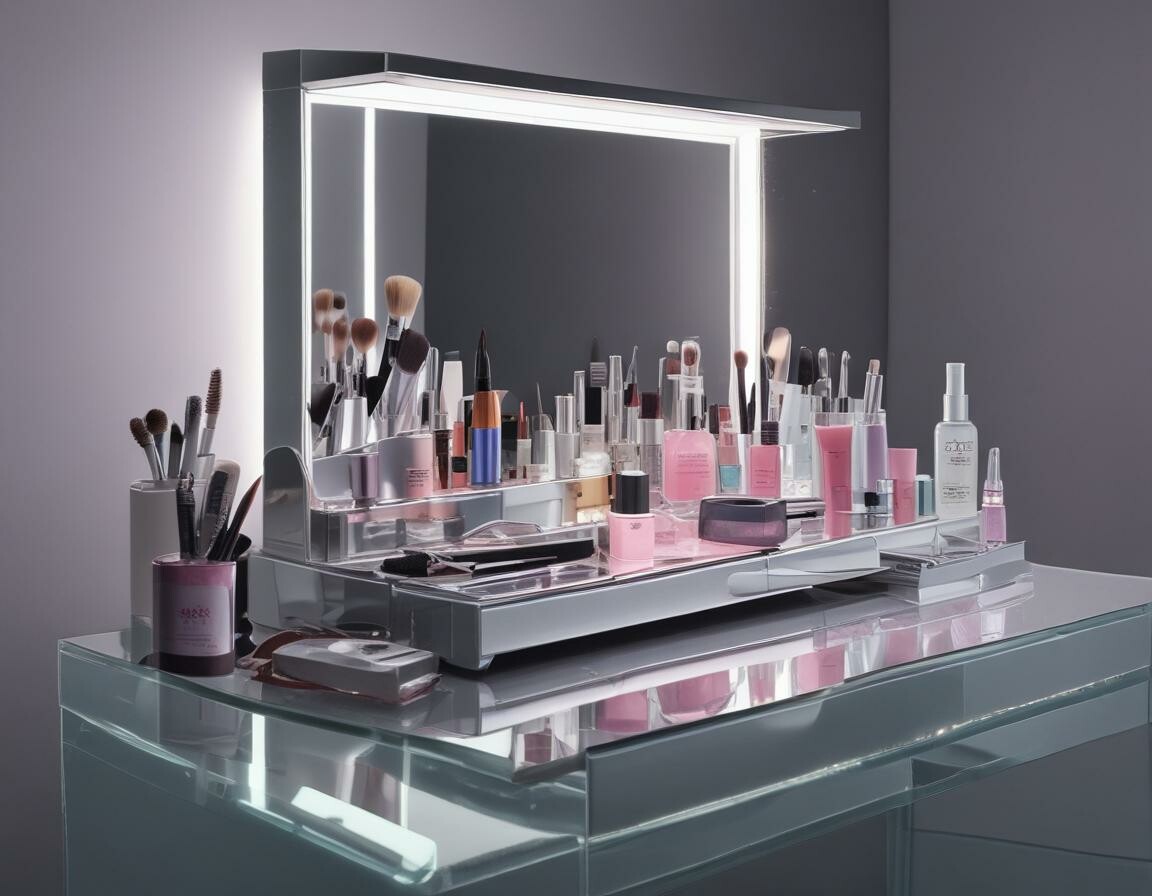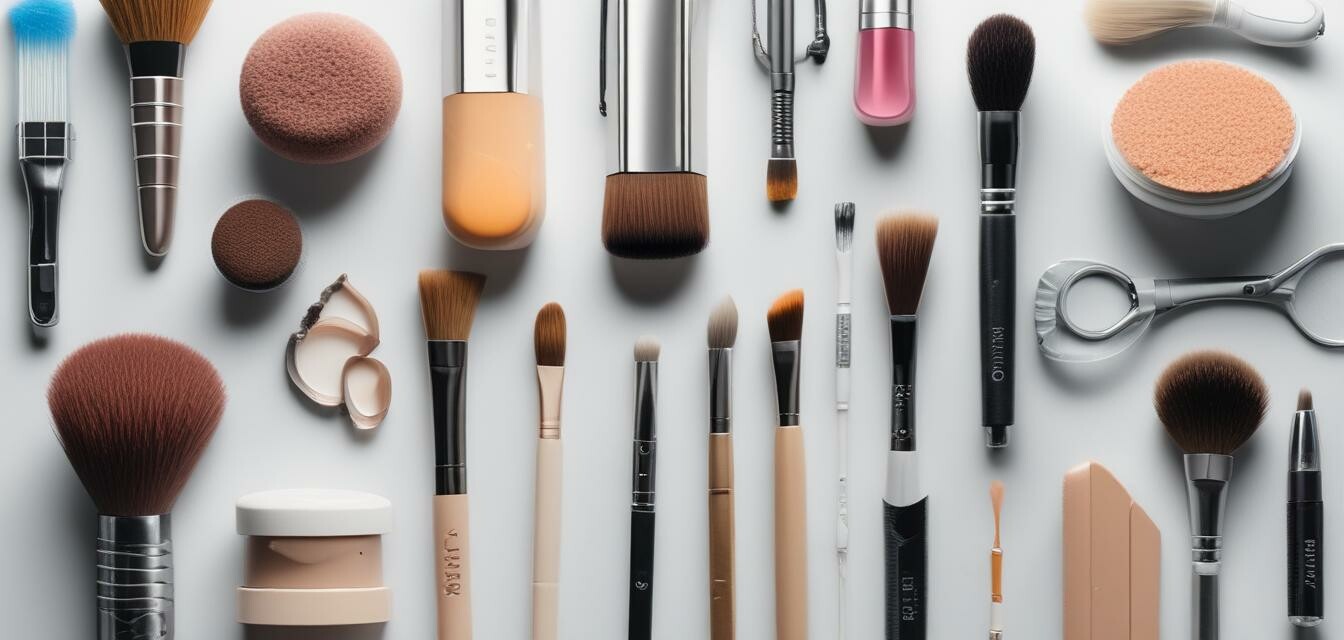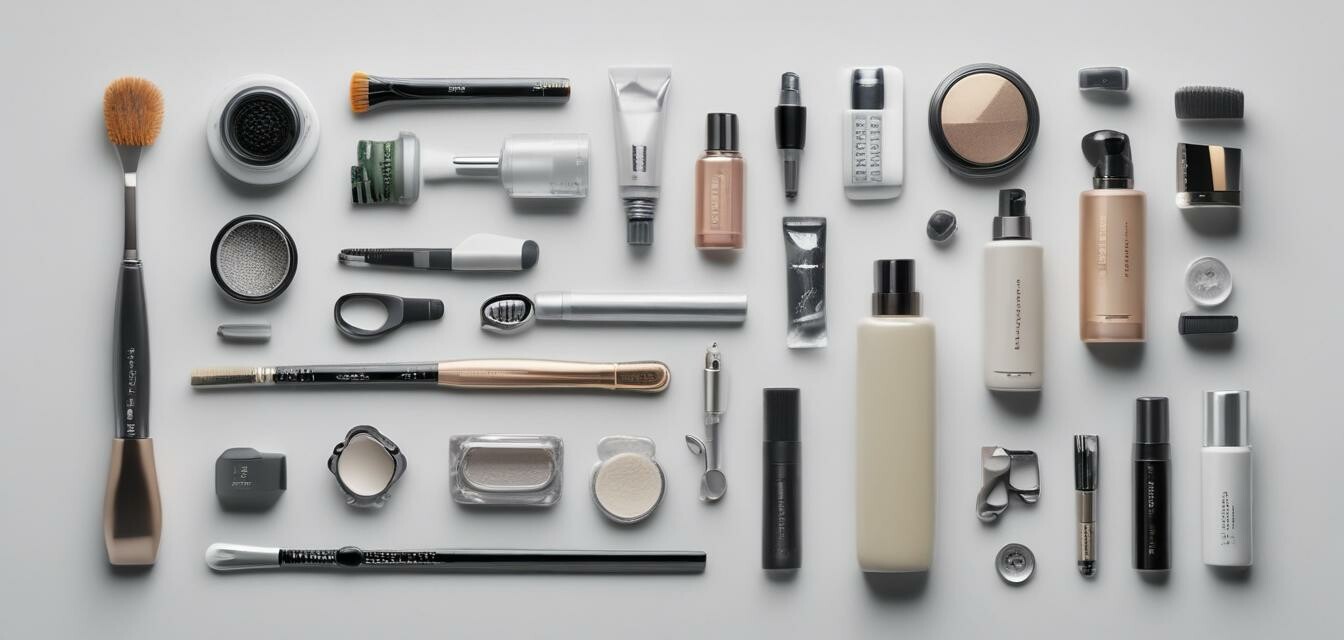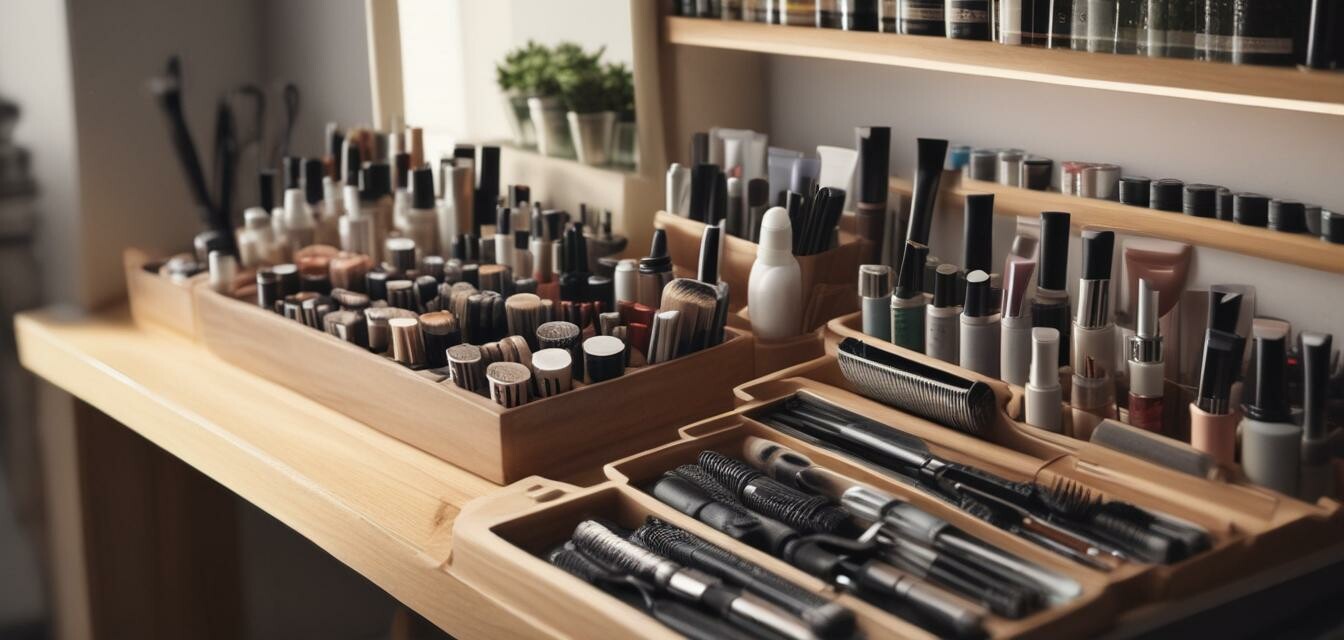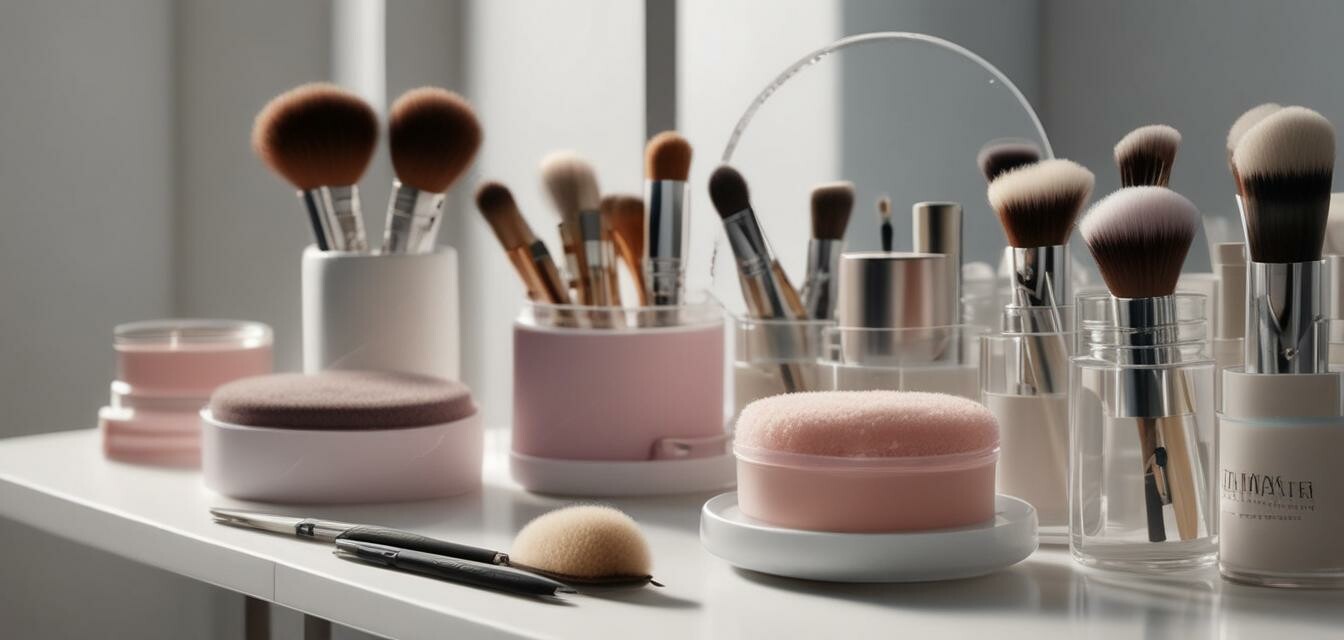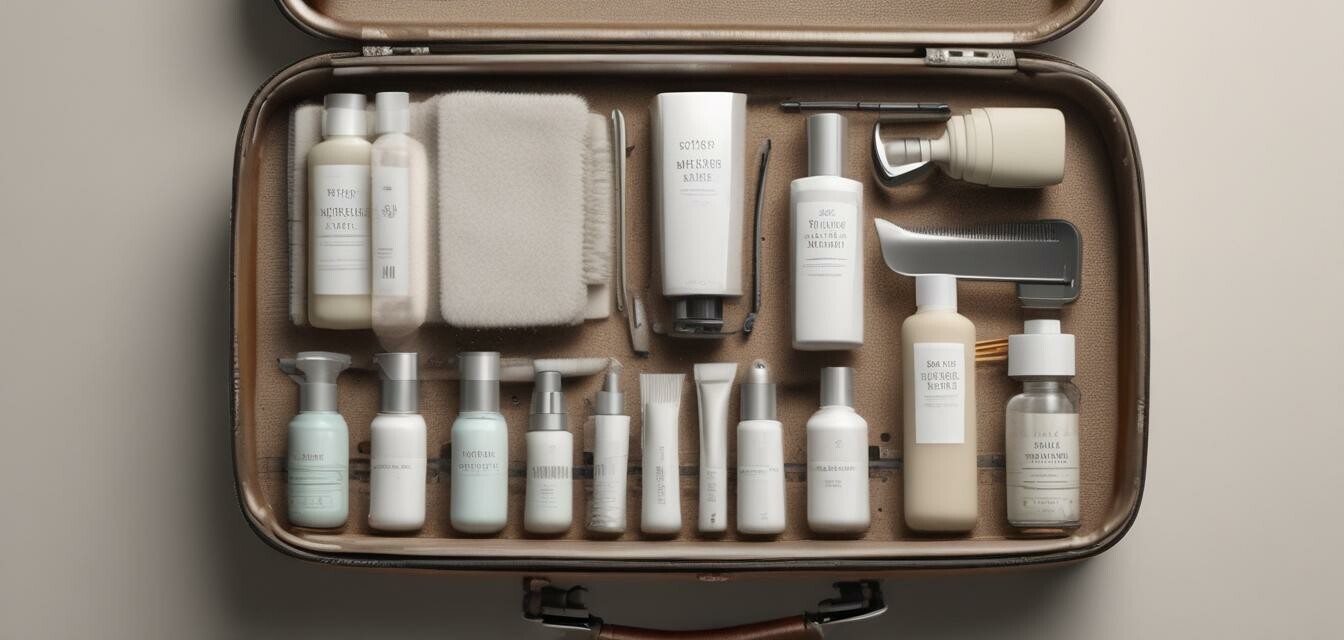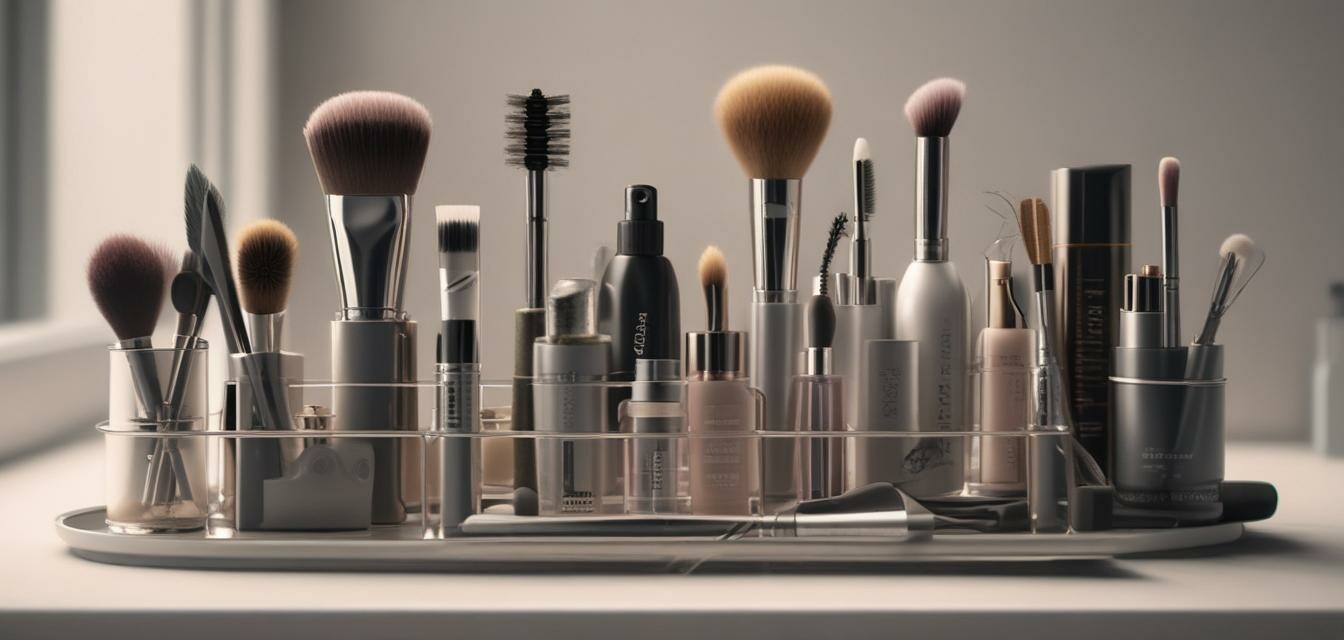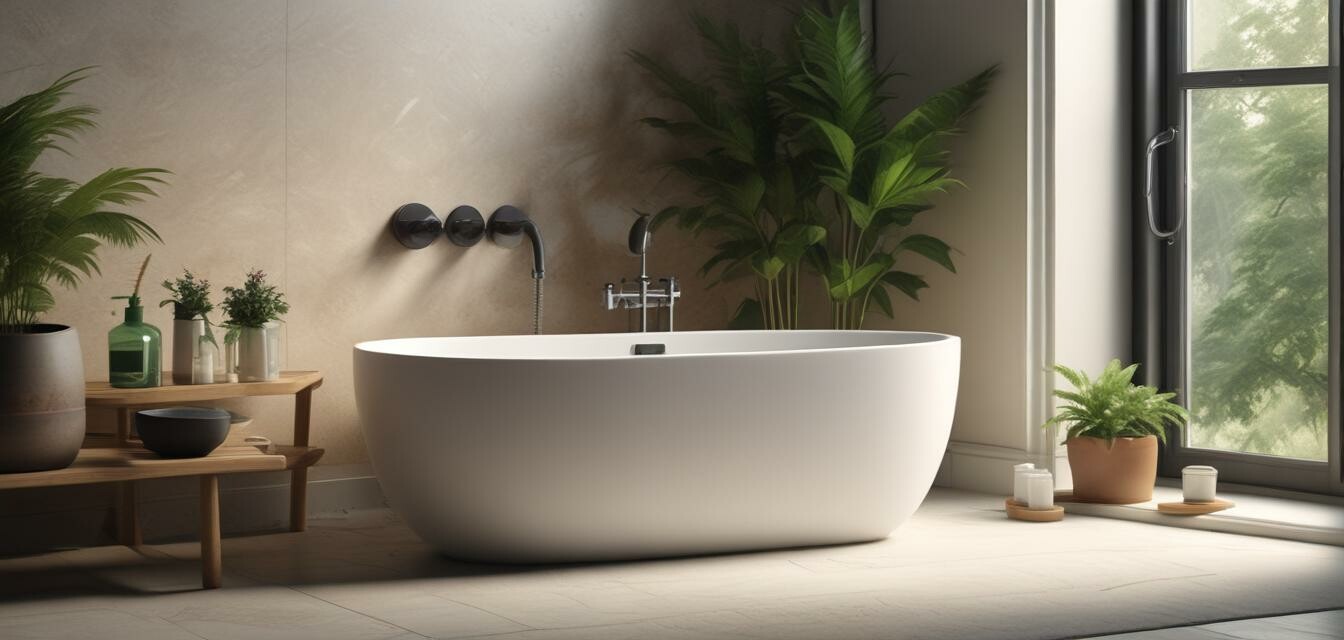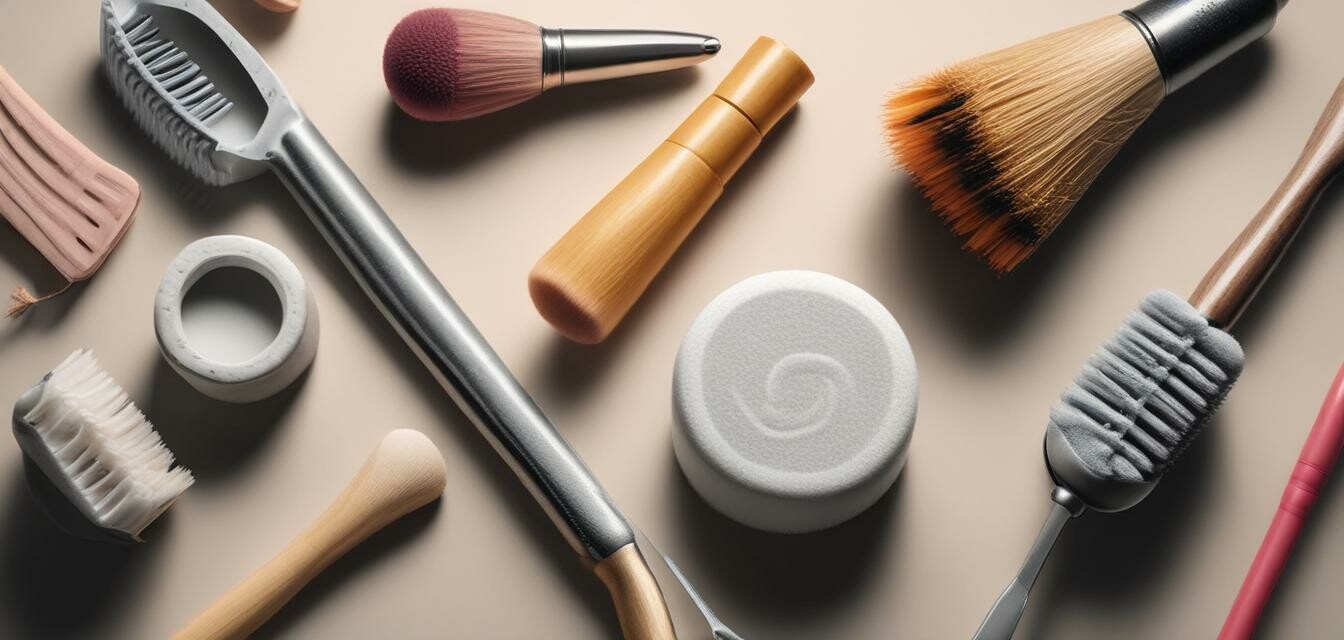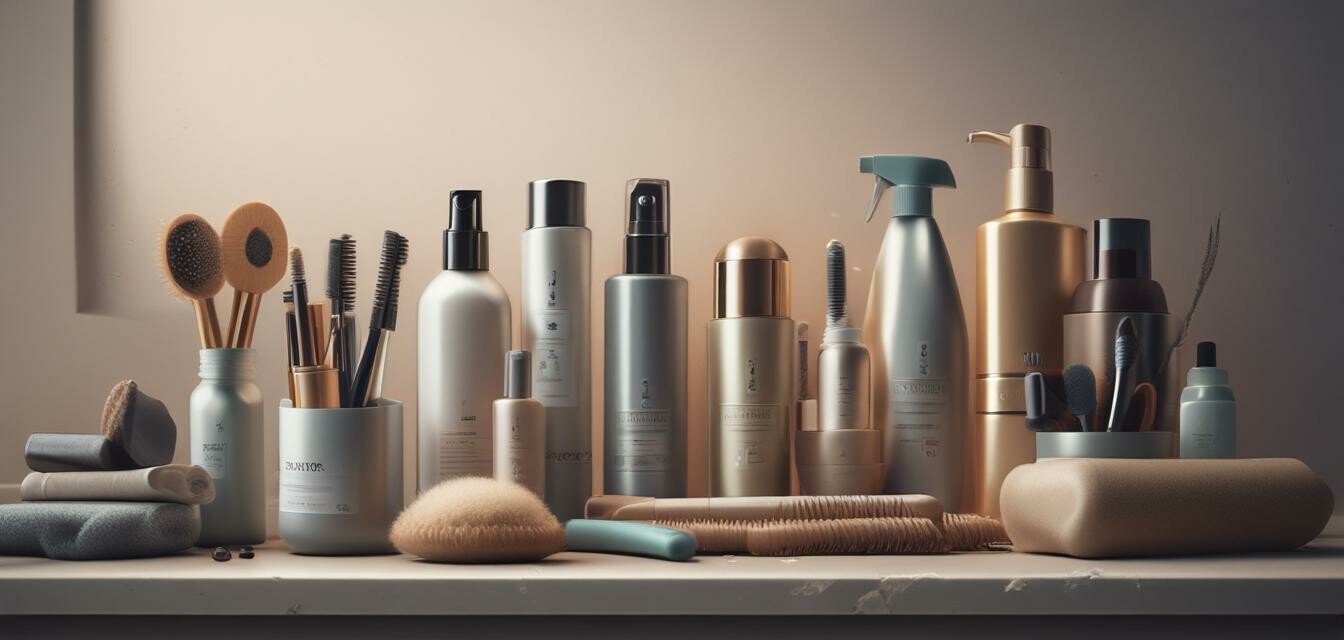
This article was generated using AI and is based on real customer reviews from the Amazon platform. It contains affiliate links, meaning we may earn a commission—at no extra cost to you. As Amazon Associates, we earn from qualifying purchases.
Best Practices for Cleaning Tools
Key Takeaways
- Regularly clean your beauty tools to maintain hygiene.
- Different tools require different cleaning methods.
- Proper storage can prolong the lifespan of your cleaning tools.
- Using the right cleaning products is essential for effective sanitation.
Keeping beauty tools clean is crucial for maintaining hygiene and ensuring optimal performance. This article will cover effective methods for cleaning various beauty tools, including makeup brushes, sponges, and sterilizers.
Why Cleaning Beauty Tools is Important
Cleaning your beauty tools not only extends their life but also prevents the spread of bacteria and other harmful pathogens. Dirty tools can lead to skin irritations and breakouts, making regular cleaning a must for anyone who values their skincare routine.
Different Types of Beauty Tools and Their Cleaning Methods
1. Makeup Brushes
Makeup brushes can accumulate makeup residues, oils, and bacteria. Here’s how to clean them:
- Use lukewarm water to rinse the bristles.
- Apply a gentle soap or brush cleaner.
- Gently swirl the brush in the palm of your hand.
- Rinse thoroughly until the water runs clear.
- Reshape the bristles and lay flat to dry.

2. Sponges and Puffs
Sponges and puffs can be breeding grounds for bacteria if not cleaned properly. Follow these steps:
- Wet the sponge or puff with warm water.
- Apply a few drops of dish soap.
- Massage the soap into the sponge until lather forms.
- Rinse thoroughly under running water.
- Allow to air dry completely.
3. Facial Tools
Facial tools like jade rollers and gua sha stones require special care:
- Wipe with a soft cloth after each use.
- Use a gentle cleanser for deeper cleaning.
- Store in a cool, dry place.
4. Electric Tools
Electric tools need electrical safety precautions while cleaning:
- Unplug the device before cleaning.
- Use a damp cloth to wipe down the exterior.
- For the attachments, follow the manufacturer's cleaning instructions.
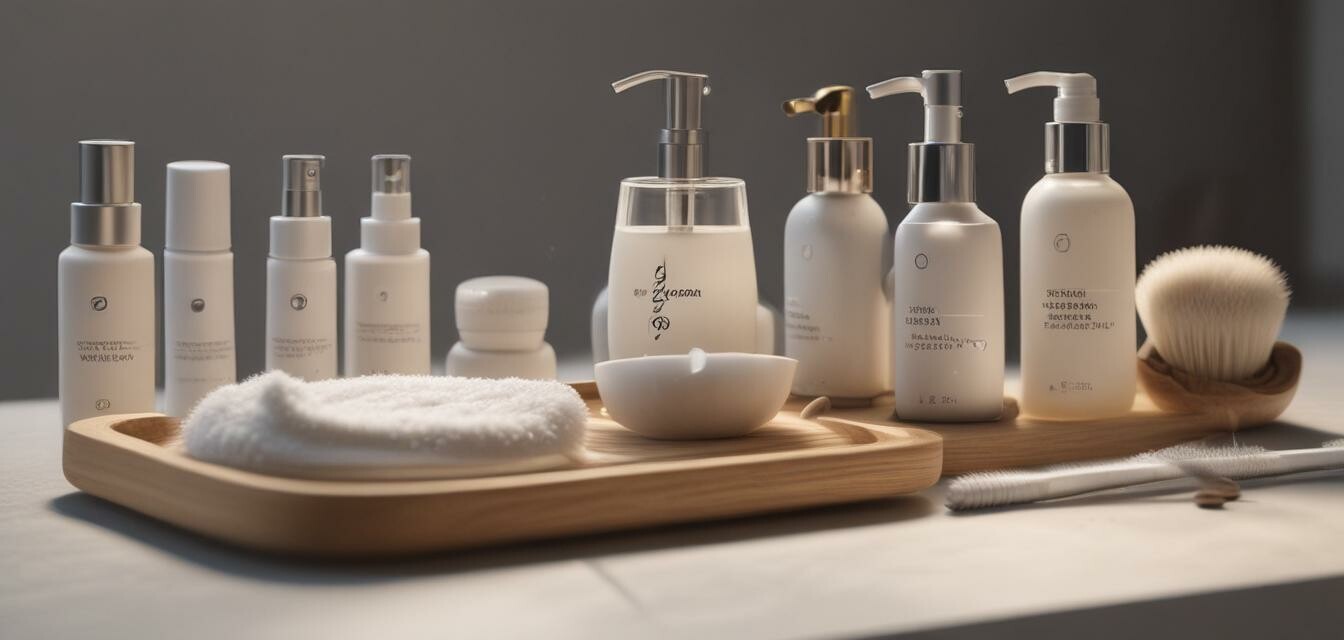
Best Cleaning Products for Beauty Tools
| Product Type | Recommended Cleaning Products |
|---|---|
| Brush Cleaners | Gentle soap, Brush cleaning spray |
| Sponges | Dish soap, Vinegar solution |
| Facial Tools | Alcohol wipes, Gentle cleaner |
| Electric Tools | Microfiber cloth, Alcohol-based cleaner |
Storage Tips for Clean Beauty Tools
Proper storage can help your beauty tools stay clean longer. Here are some tips:
- Keep brushes upright in a holder to avoid bending bristles.
- Store sponges in a breathable pouch to allow air circulation.
- Avoid storing tools in damp areas like bathrooms.
Common Mistakes to Avoid
Here are some common mistakes to avoid when cleaning your beauty tools:
- Not cleaning tools frequently enough.
- Using harsh chemicals that can damage the tools.
- Skipping the drying process, leading to mold growth.
Tips for Beginners
- Start with a simple cleaning routine.
- Invest in quality cleaning products.
- Set a cleaning schedule to remind yourself.
Conclusion
Maintaining cleanliness in your beauty tools is essential for your health and beauty regimen. By following these best practices, you can ensure your tools remain effective and hygienic. Regular cleaning, proper storage, and using the right products will keep your beauty tools in top shape.
Pros
- Improves skin health by reducing bacteria exposure.
- Enhances the performance of beauty tools.
- Prolongs the life of the tools.
Cons
- Cleaning can be time-consuming.
- Requires purchasing specific cleaning products.
Explore More
For more insights and products related to beauty tool hygiene, check out our other helpful pages:
- Cloth and Towel Sterilizers
- Electric Tool Cleaners
- Facial Tool Cleaners
- Makeup Brush Cleaners
- Sponges and Puff Cleaners
